5 simple Montessori activities for preschoolers help little ones explore, learn, and grow through hands-on experiences that nurture independence and curiosity. These activities can be done easily at home or in class to build essential life skills. Let’s find out with 4Life Education how Montessori learning makes every moment meaningful and joyful for children.
Understanding Montessori activities for preschoolers
Montessori education focuses on nurturing a child’s natural desire to learn. Instead of giving direct instructions, adults provide an environment where children can explore freely and develop their abilities at their own pace. Montessori activities are designed to encourage independence, concentration, coordination, and order—all essential elements for early childhood development.
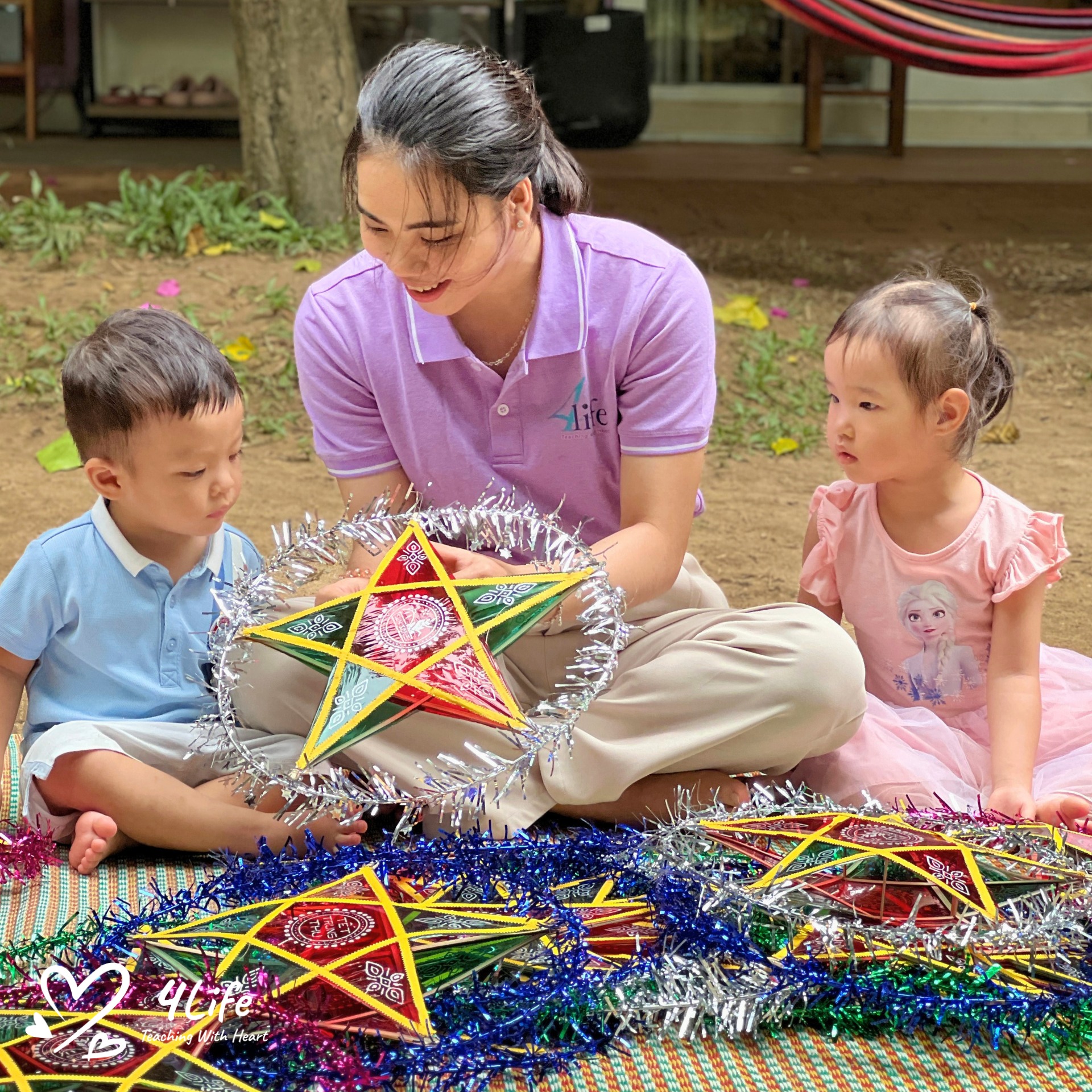
5 Simple Montessori Activities for Preschoolers
For preschoolers, Montessori activities are simple yet deeply meaningful. They allow children to practice real-life skills while strengthening cognitive and emotional growth. The beauty of these activities lies in their simplicity; they use everyday materials and focus on the child’s active participation. When children engage in purposeful work, they feel capable and confident, which lays the foundation for lifelong learning.
1. Practical life activity – Pouring water
Pouring water is one of the most classic Montessori activities for preschoolers. It helps children develop concentration, coordination, and independence. To set it up, prepare two small jugs—one filled with water and one empty—and a small tray to catch spills. Encourage the child to pour carefully from one jug to the other, using both hands to control the movement.
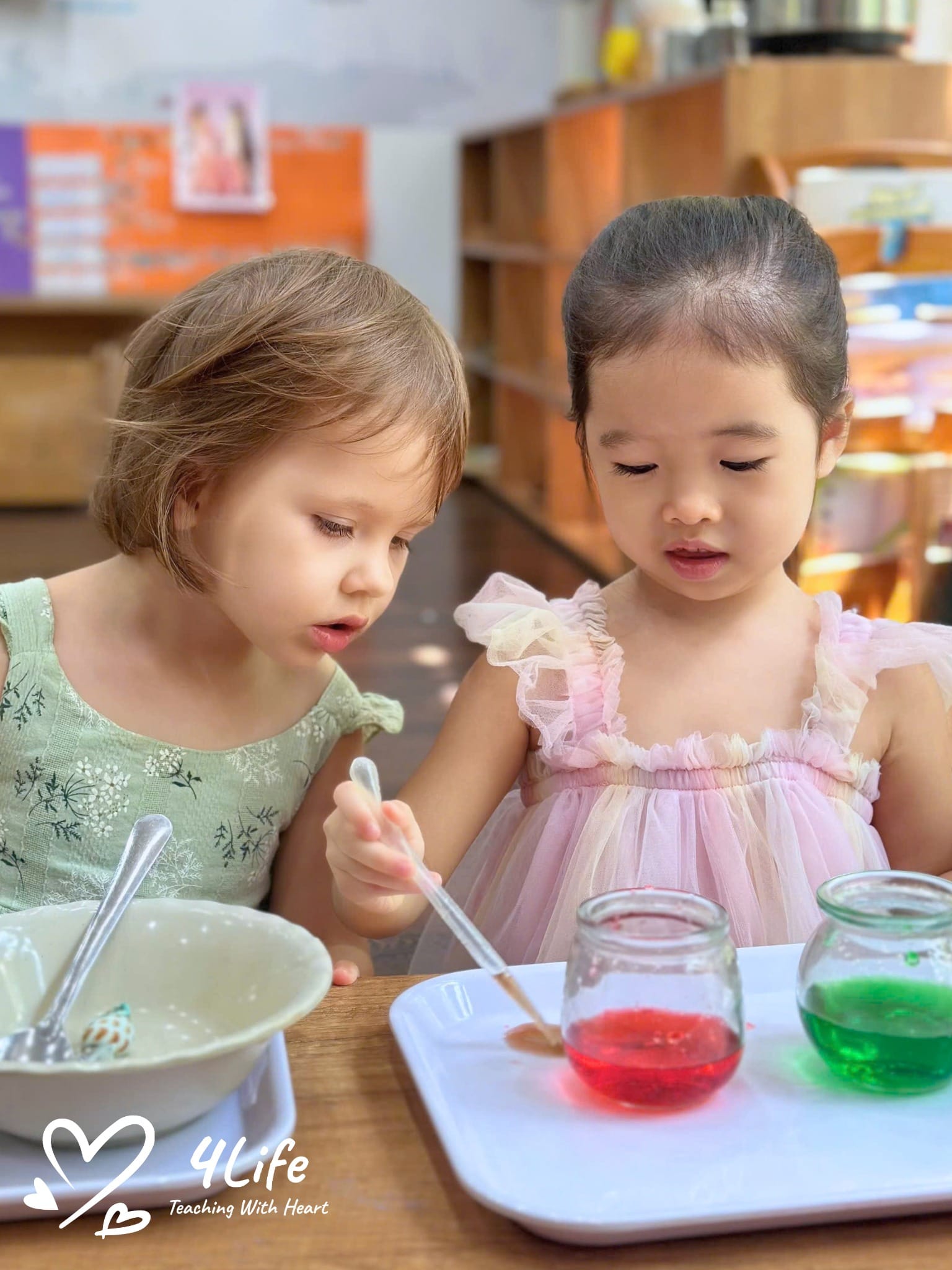
Practical life activity – Pouring water
This simple activity also teaches patience and precision. As the child pours, they learn to manage their strength, balance the jug, and control the flow of water. If they spill, that’s part of the learning process—cleaning up becomes another valuable lesson in responsibility. Over time, children gain confidence and begin to apply these skills in real situations, like pouring their own drink at mealtime.
2. Sensorial activity – Sorting colors or shapes
The Montessori method emphasizes learning through the senses. Sorting activities help preschoolers refine their visual perception and develop the ability to classify and organize information. You can prepare a few bowls and fill them with objects of different colors or shapes—such as buttons, pom-poms, or wooden blocks. Ask the child to sort them by color, size, or shape.
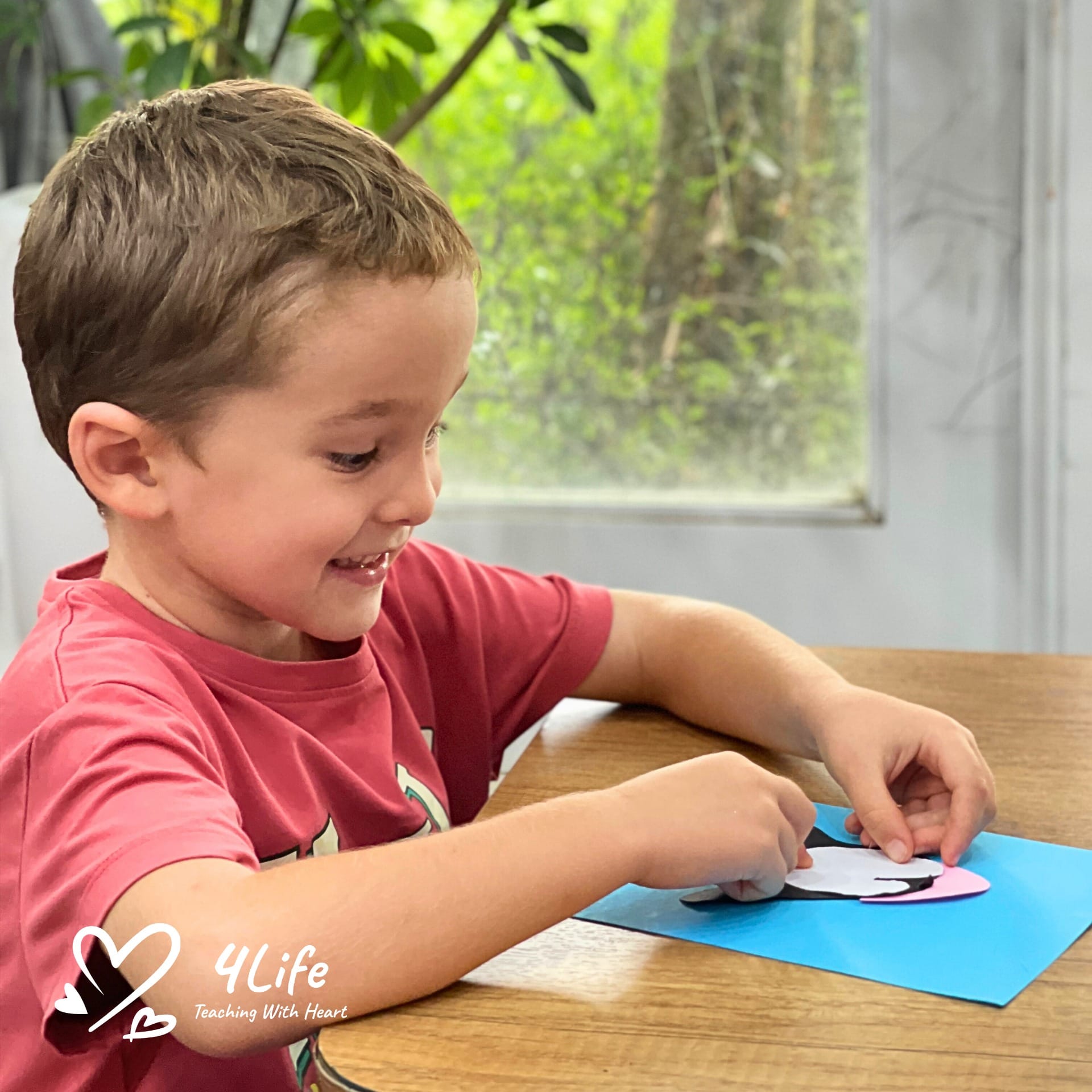
Sensorial activity – Sorting colors or shapes
As the child works, they focus intently on details and patterns. Sorting supports brain development and strengthens problem-solving skills. It also gives children a sense of order and accomplishment. For younger preschoolers, start with two or three colors; for older ones, increase the challenge by adding more categories or asking them to describe what they see. These activities stimulate curiosity and encourage children to observe the world around them more closely.
3. Language activity – Object and picture matching
Language development is an important part of early learning, and Montessori activities support it through hands-on experiences. Object and picture matching helps preschoolers connect spoken and visual language. Prepare small cards with pictures of familiar items—such as animals, fruits, or household objects—and collect real-life versions of those items if possible. Ask the child to match each object with its corresponding picture.
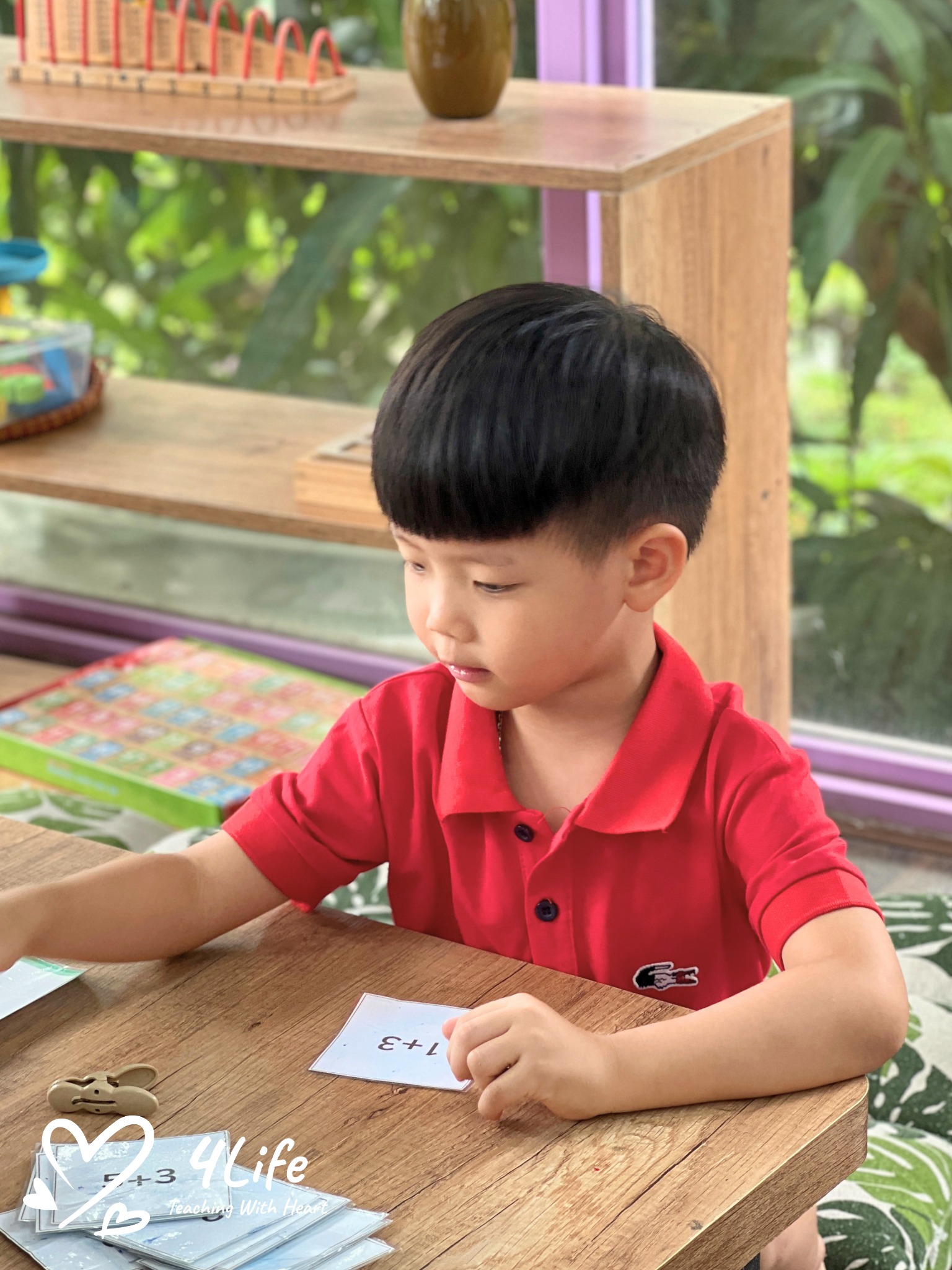
Language activity – Object and picture matching
This activity encourages vocabulary growth, memory, and focus. When children match a toy apple with a picture of an apple, they reinforce the word’s meaning through sight, touch, and sound. You can extend the activity by saying the name of each object and inviting the child to repeat it. As they gain confidence, they begin to describe objects in full sentences, laying the groundwork for early literacy.
4. Math activity – Counting and number recognition
Math in the Montessori classroom is introduced through tactile and visual materials that help children understand abstract concepts. A simple way to start is through counting everyday objects. You can use pebbles, beads, or even small spoons. Label cards from 1 to 10 and ask the child to place the correct number of items next to each card.
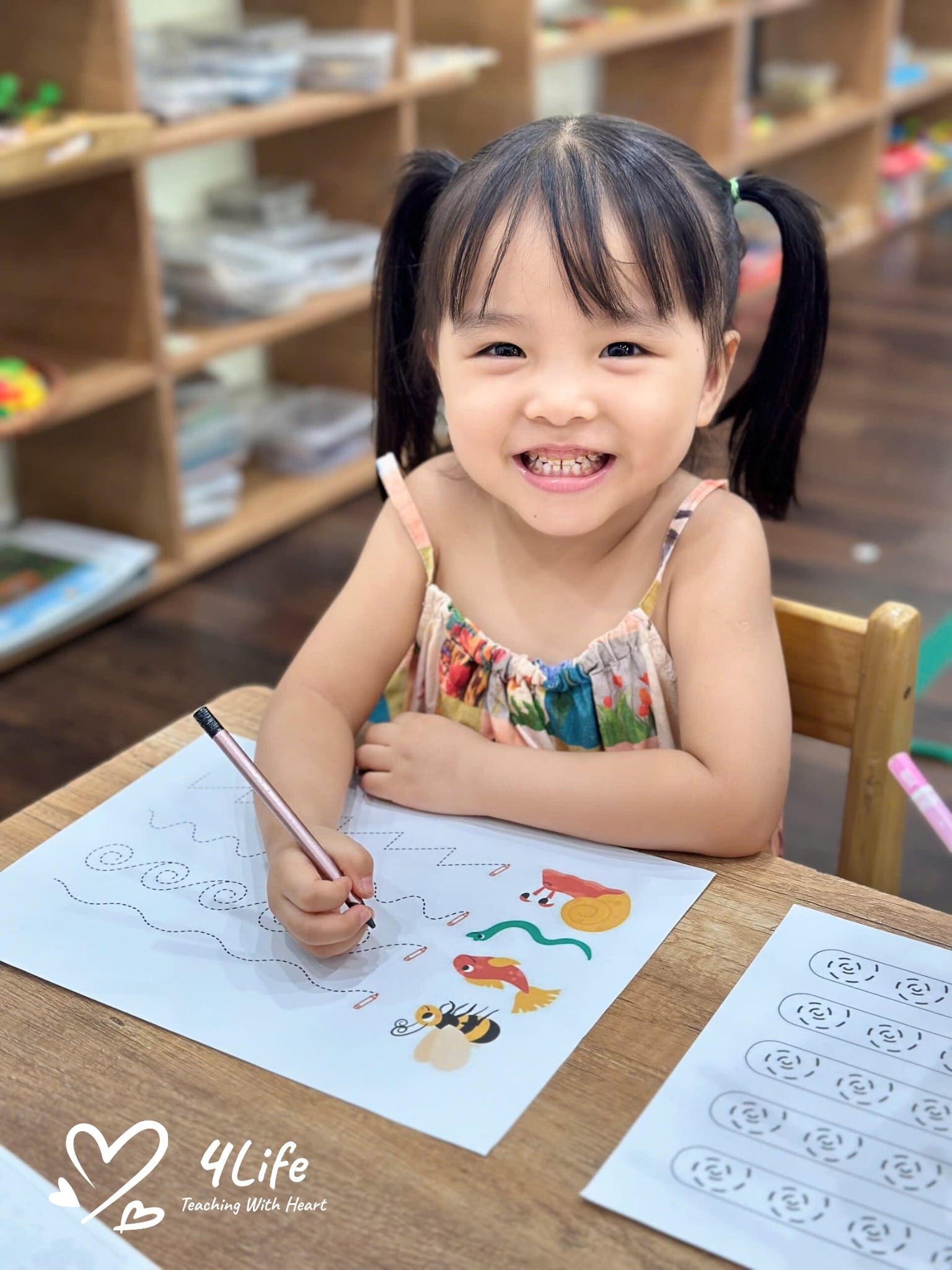
Math activity – Counting and number recognition
Through this activity, preschoolers learn number recognition and one-to-one correspondence—the understanding that each object represents one count. This practical approach makes math tangible and enjoyable. Children can also learn sequencing by arranging numbers in order or identifying missing ones. Over time, these exercises strengthen logical thinking and prepare children for more advanced mathematical concepts later on.
5. Creative activity – Nature-based art
Art is not just a form of expression; it is also an important part of emotional and sensory development. In Montessori education, art often draws inspiration from nature, allowing children to explore colors, textures, and forms found in their surroundings. Take a walk outdoors and collect leaves, flowers, or small stones. Back in the classroom or at home, encourage children to create collages, patterns, or prints using these materials.
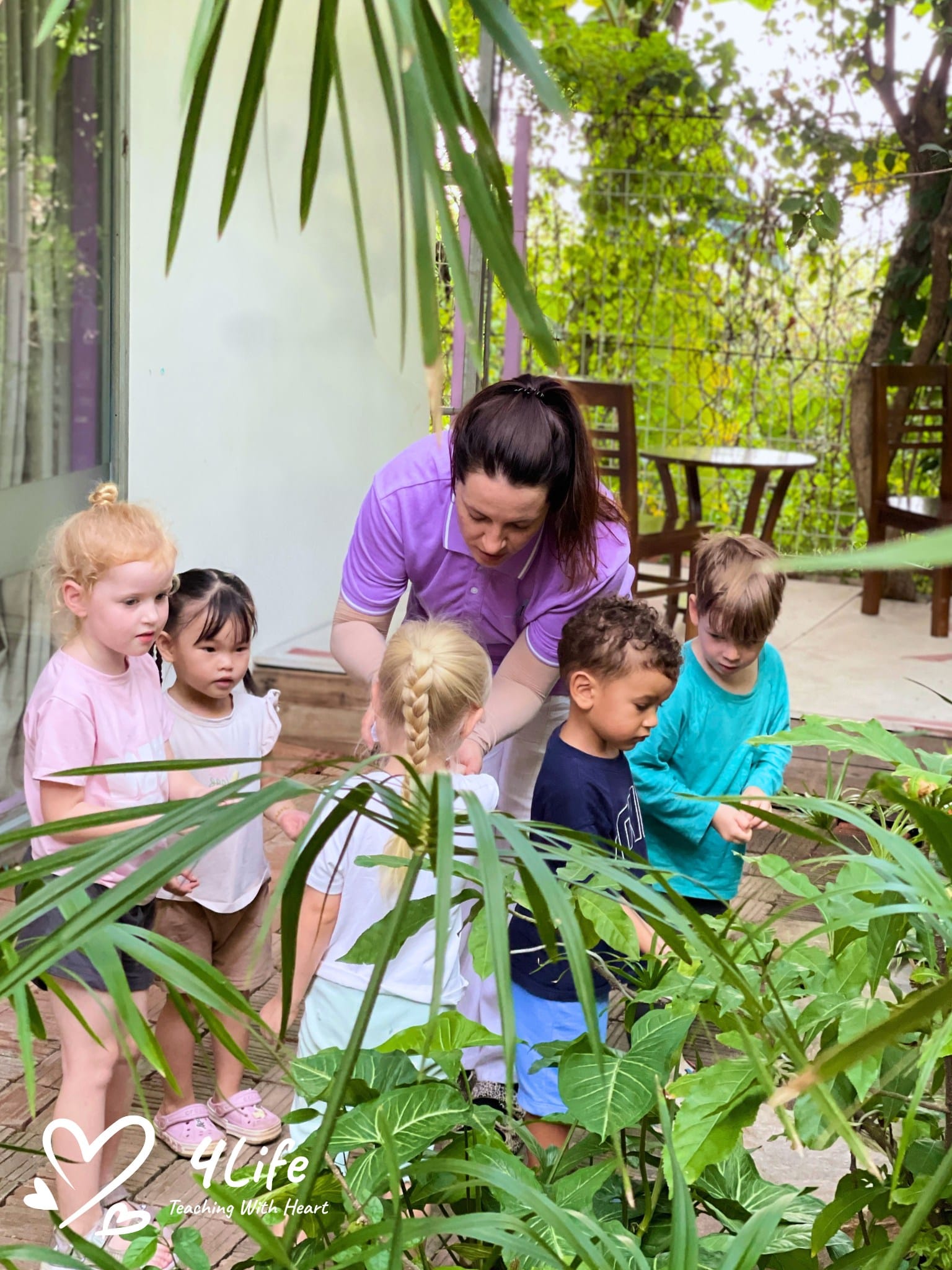
Creative activity – Nature-based art
Nature-based art activities help preschoolers appreciate beauty, develop fine motor skills, and express creativity freely. When children touch and work with natural materials, they also cultivate a sense of calm and mindfulness. Teachers or parents can guide gently, asking questions like, “What do you like about this leaf?” or “How do these colors make you feel?” Such reflection deepens their connection to nature and supports emotional awareness.
How Montessori activities benefit preschoolers
Each Montessori activity is more than just a task – it’s an opportunity for discovery. By engaging in hands-on learning, preschoolers develop focus, patience, and confidence. They learn that effort leads to mastery and that independence is rewarding. Montessori activities also nurture empathy and cooperation, especially when children share materials or work alongside peers.
Furthermore, these activities strengthen both the mind and body. Fine motor skills are refined through pouring, cutting, and arranging, while cognitive abilities grow through sorting, counting, and matching. Most importantly, children develop an intrinsic love for learning. Instead of seeking external rewards, they find joy in the process itself, which becomes the heart of Montessori education.
Tips for parents to practice Montessori at home
Parents can easily incorporate Montessori principles into daily life without needing complex materials. Provide simple, child-sized tools like small pitchers, baskets, and cleaning cloths. Encourage your child to participate in everyday routines such as preparing snacks, watering plants, or folding clothes. These real-life experiences help children feel capable and connected to their environment.
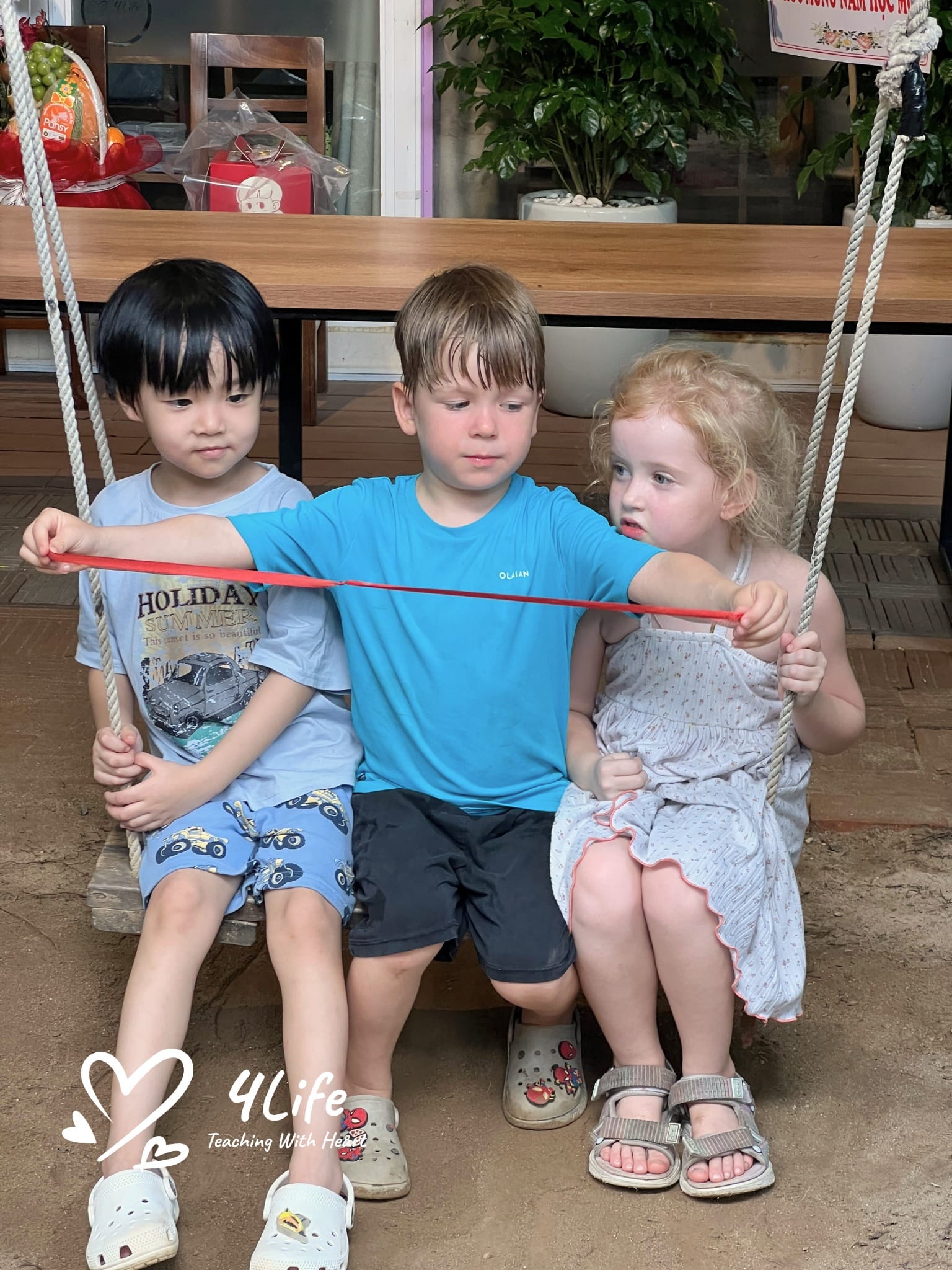
Tips for parents to practice Montessori at home
Create a calm, organized space where materials are easily accessible. Avoid clutter and allow your child to choose activities independently. Be patient and observe rather than intervene – Montessori encourages adults to guide only when necessary. Most importantly, respect your child’s pace and celebrate progress, no matter how small. Emotional support and gentle encouragement are the best foundations for learning.
5 simple Montessori activities for preschoolers provide a meaningful way for children to learn through hands-on exploration and joyful discovery. Each activity – whether pouring water, sorting colors, matching pictures, counting objects, or creating art – helps little ones grow in independence, confidence, and understanding. Through these experiences, preschoolers develop essential life skills while nurturing curiosity and creativity. At 4Life Education, we believe that learning should be filled with love, patience, and discovery, and the Montessori approach offers the perfect path to achieve that balance for every child.

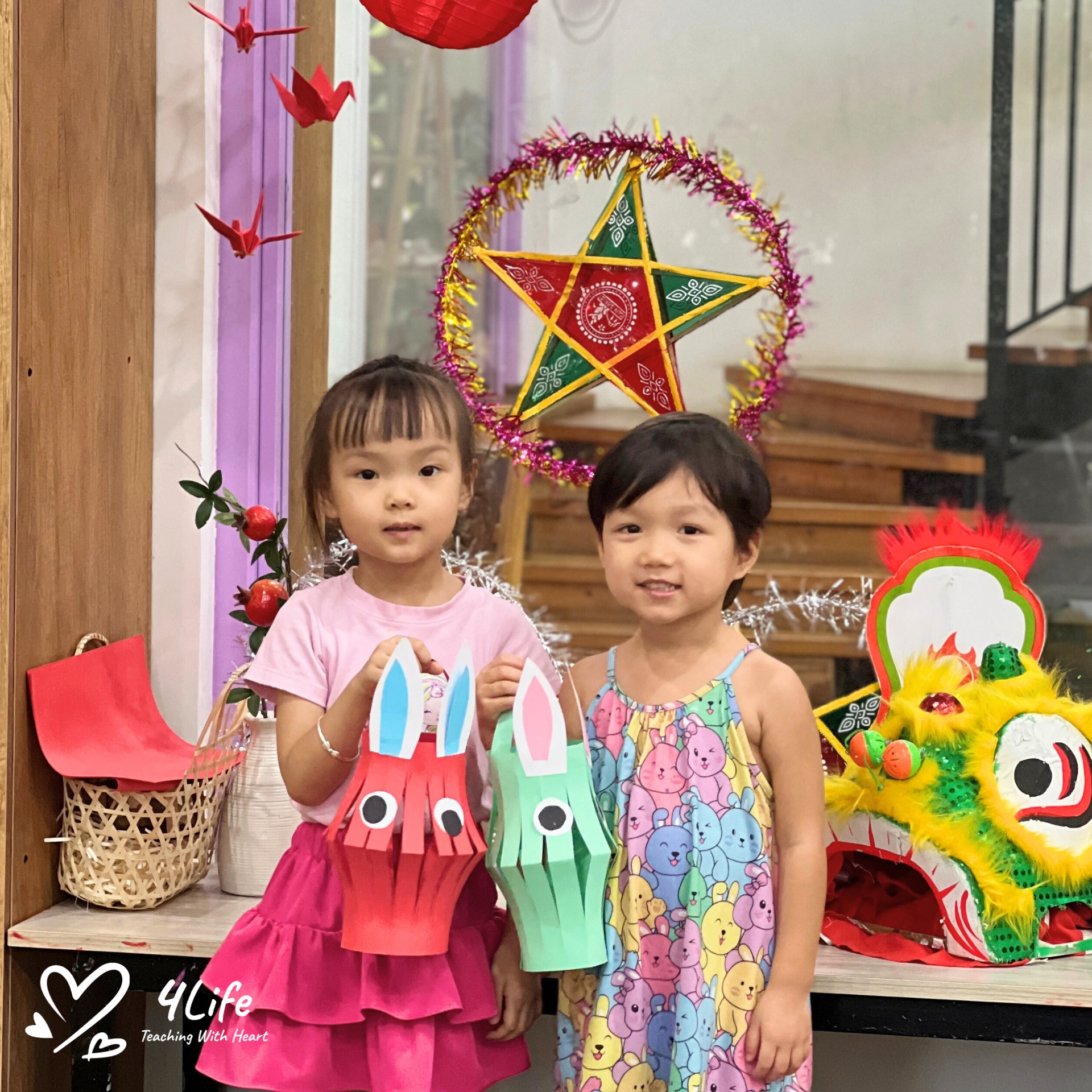
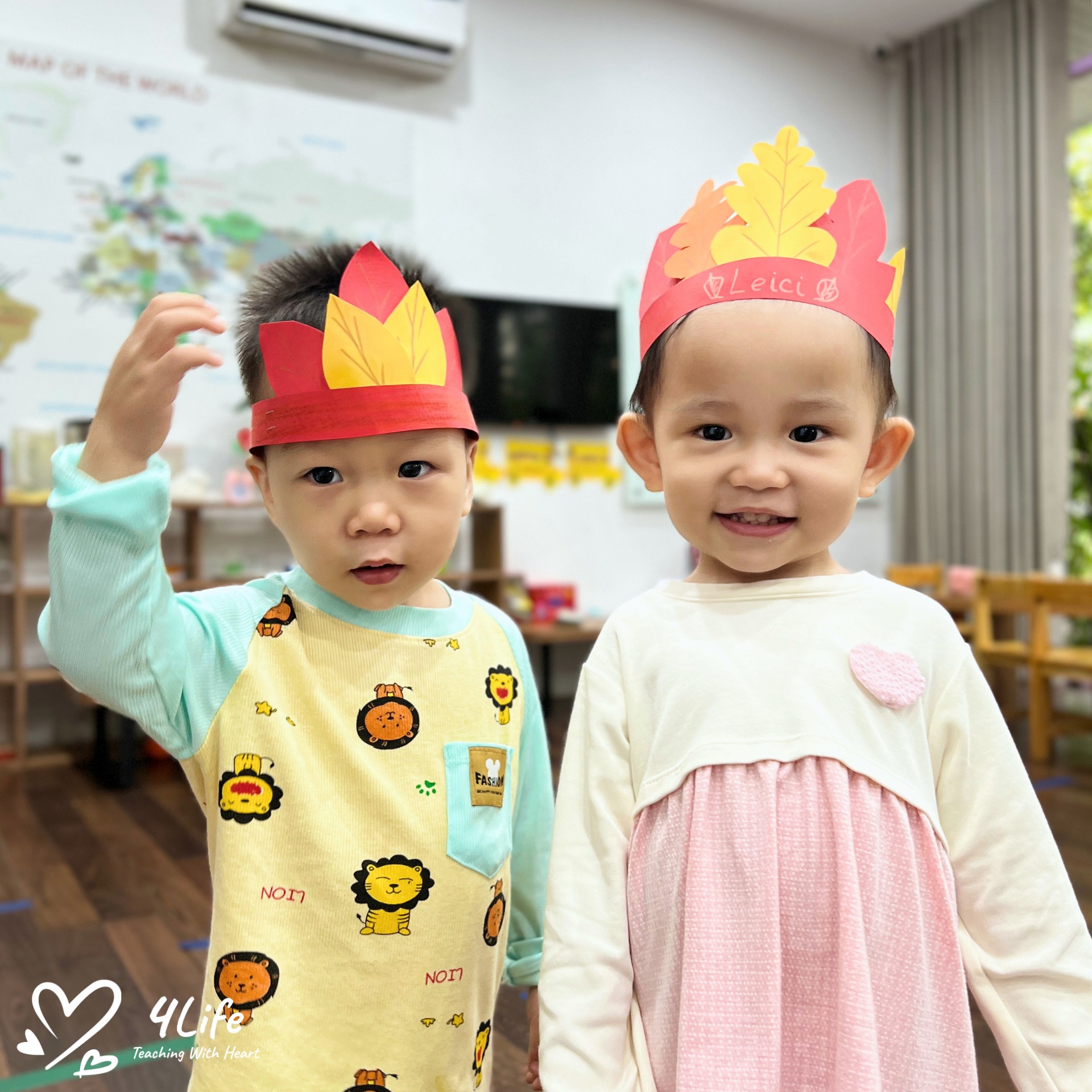
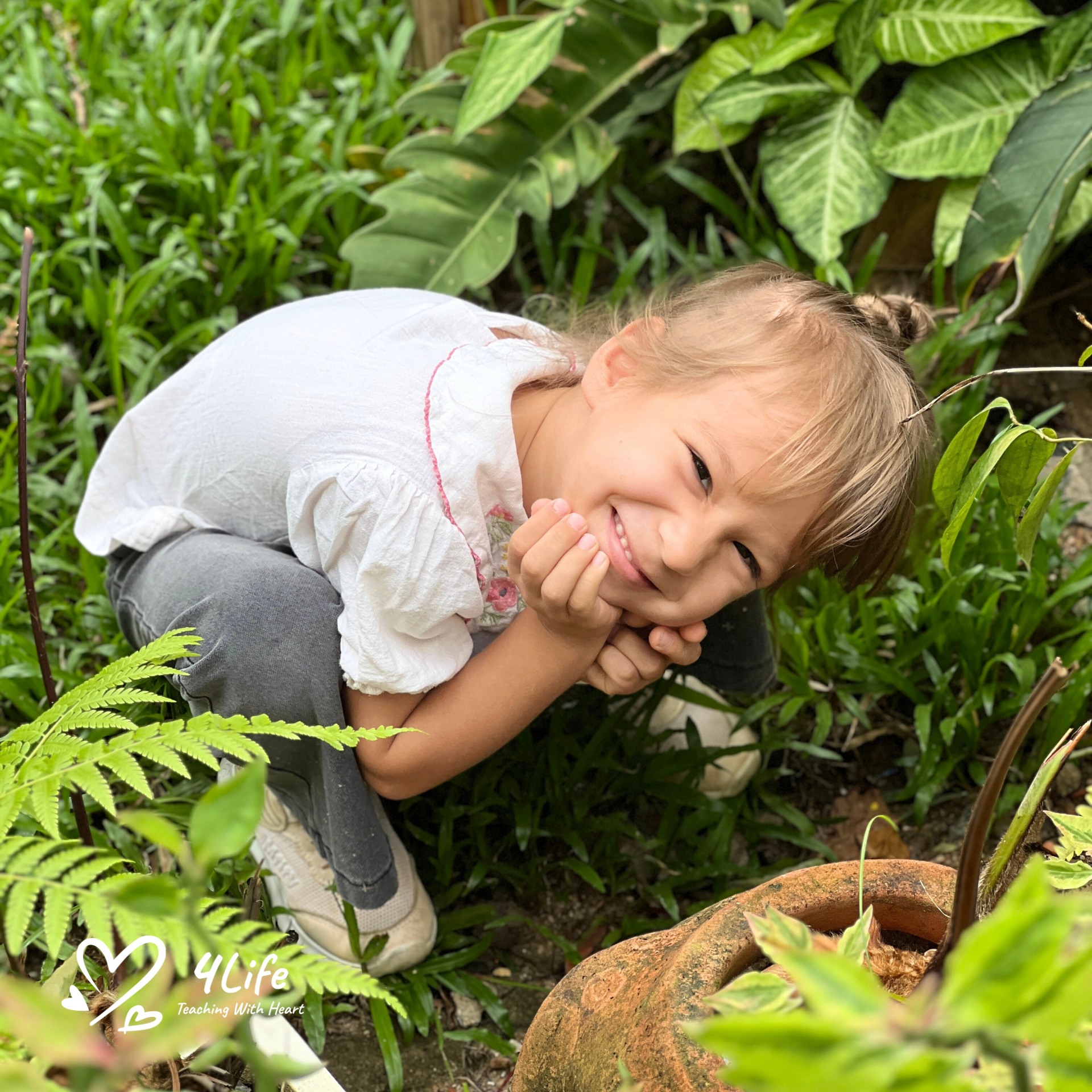
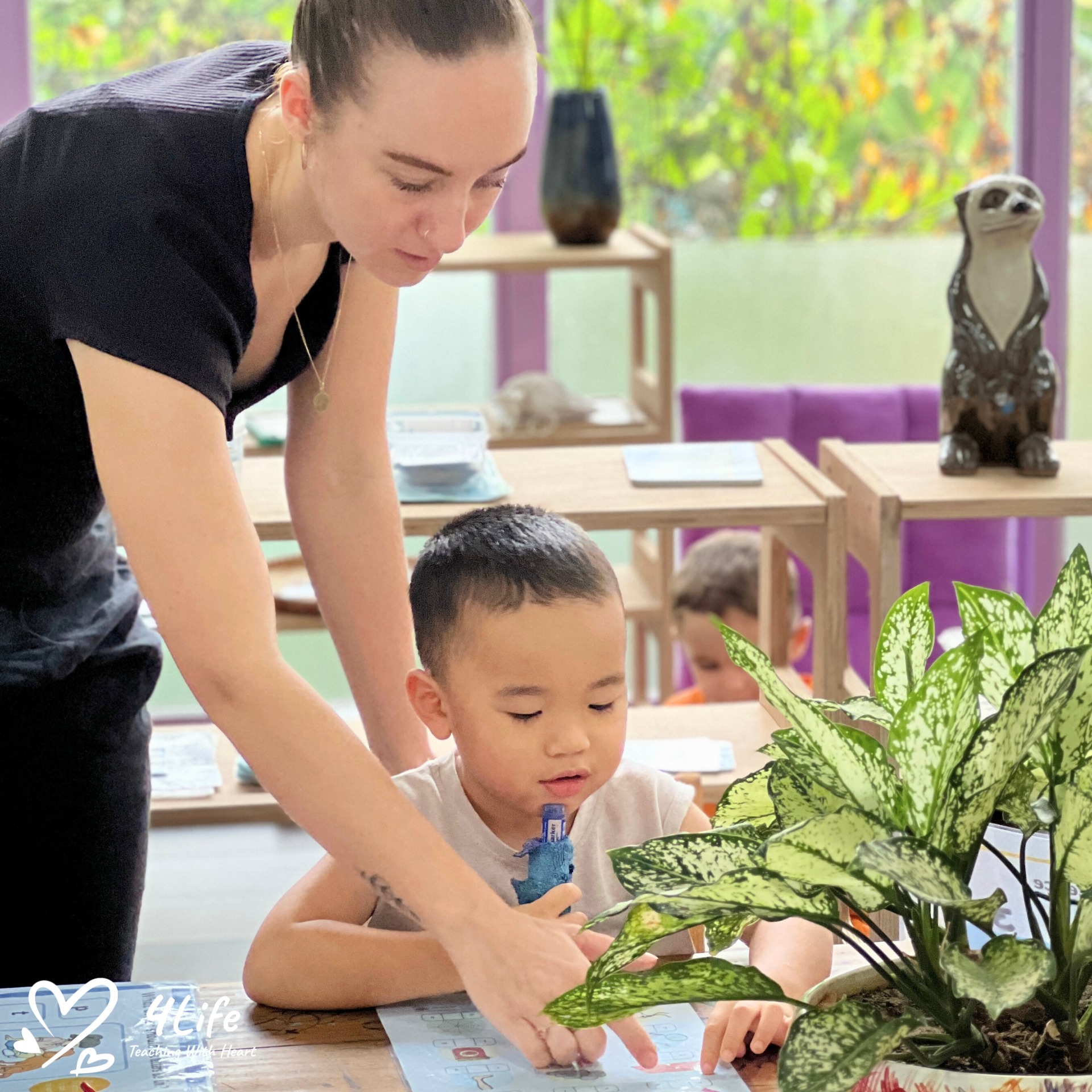
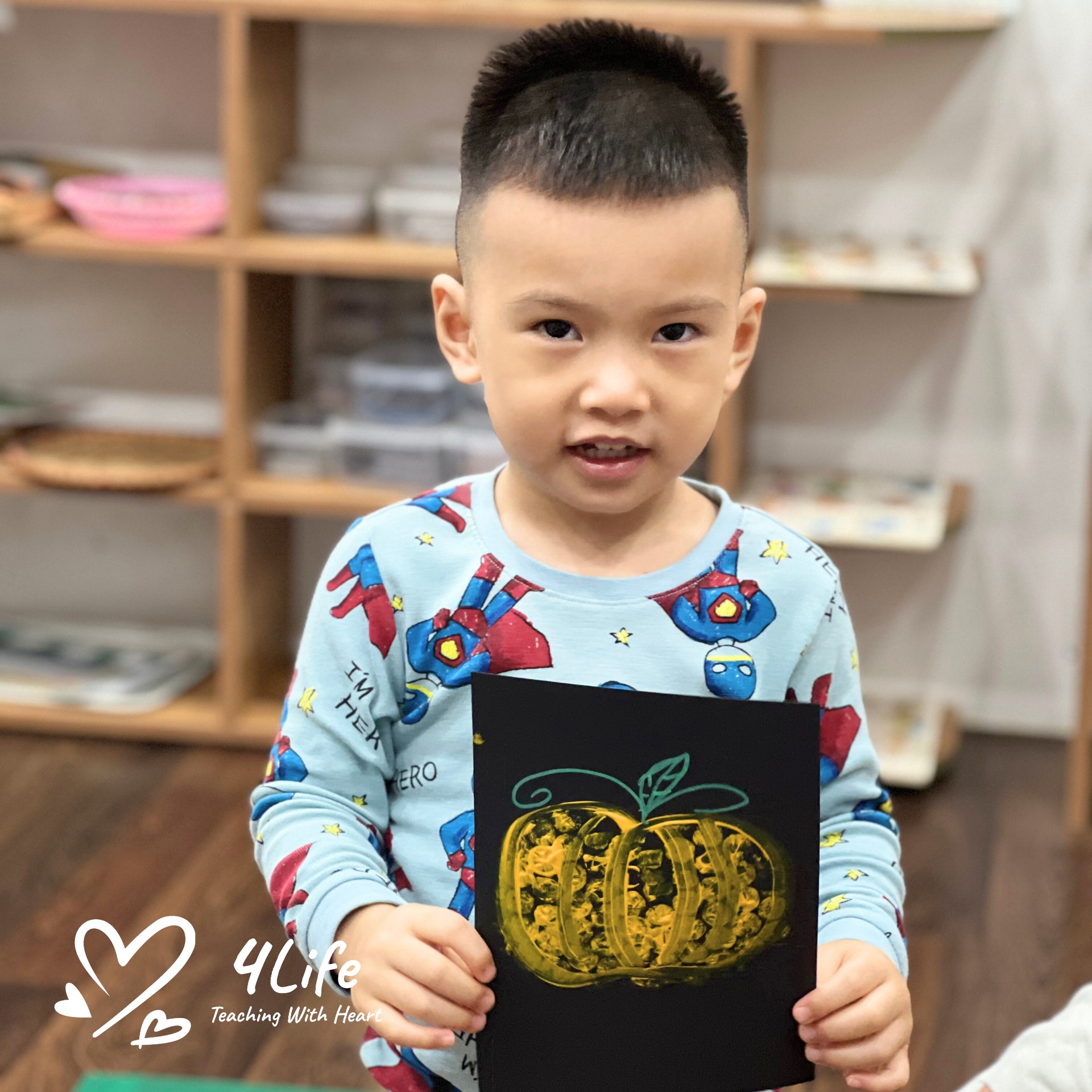
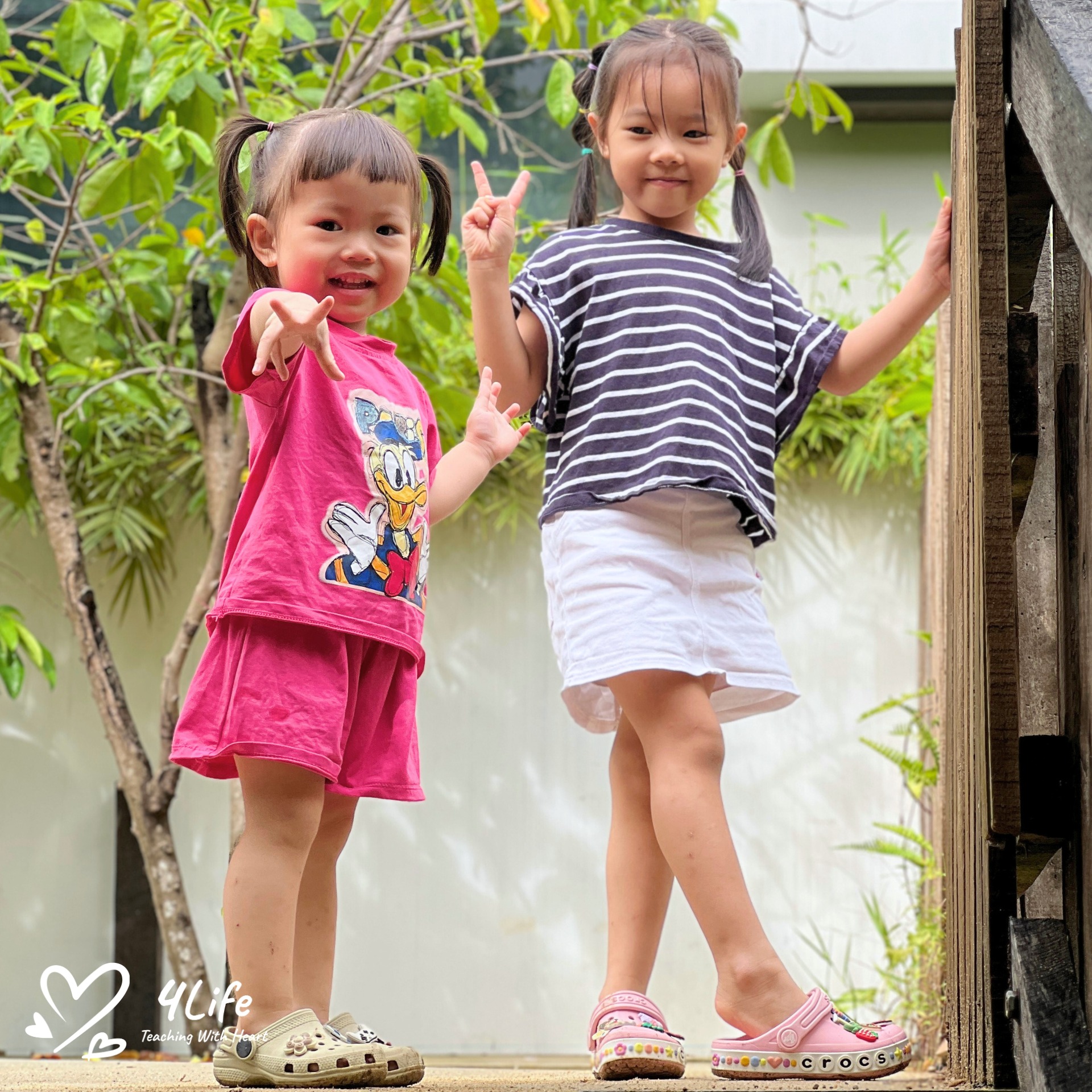
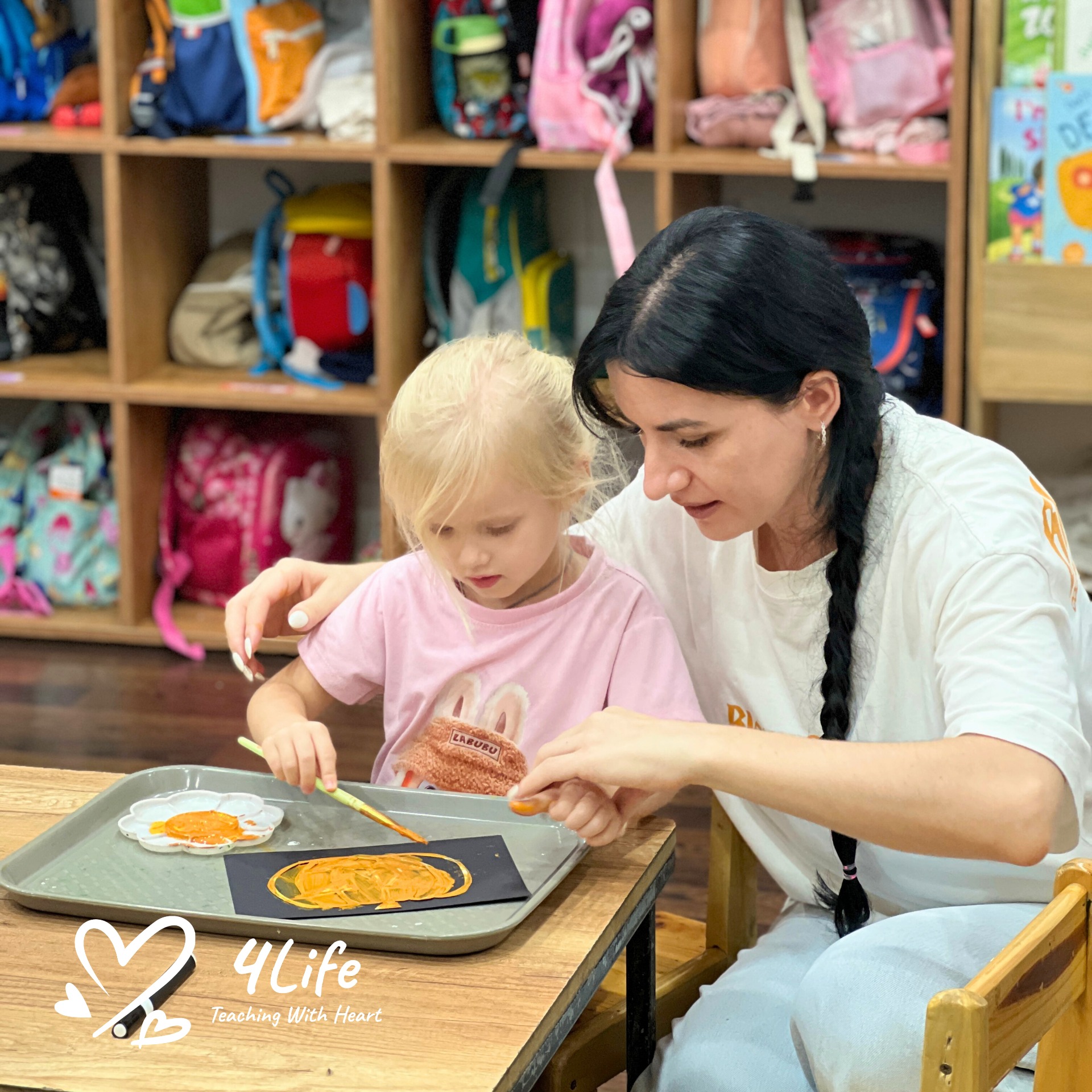
0 Comments